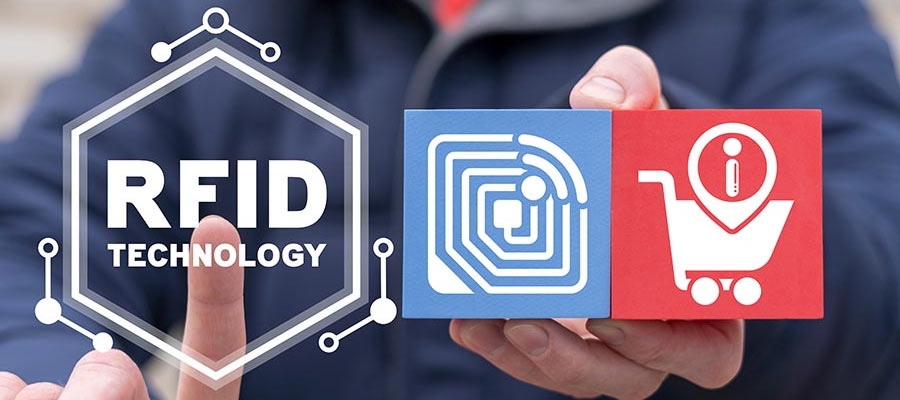
.
Radio-frequency identification (RFID) is a form of technology that enables the use of electromagnetic fields for the purpose of identifying and tracking objects. It is mainly used for tracking, identification, authentication of items, products, assets, and even people. RFID systems use tags, which are small transponders that contain a unique digital code and are capable of transmitting the code to a reader.
Because of this RFID tags are becoming an increasingly popular tool for managing and monitoring operational processes by tracking all moving physical assets, such as trucks and other large vehicles. RFID tags are small, wireless devices that can be attached to assets, and they are able to store and transmit data that can be used to track and monitor the location of assets.
Moreover, RFID tags are wireless, which means they are relatively easy and cost-effective to install and maintain. Moreover, RFID tags can be used in combination with other technologies, such as GPS and sensors, to provide additional data and insights.
Consequently, RFID tags are often integrated into larger asset management systems and connected to other systems, such as inventory management and asset tracking systems. This allows for a much more streamlined and automated approach to asset management and tracking.
Benefits of RFID tags
One of the main benefits of using RFID tags is the increased transparency and visibility that they provide. In the past, tracking physical assets on a large scale was often a difficult and time-consuming process. With RFID tags, however, it is easy to quickly obtain real-time data and insights into the location, movement, and status of assets. This makes it much easier to keep track of inventory and to optimize asset management processes.
RFID is mainly used to identify, authenticate, and track assets, products, and people. In the retail industry, RFID tags are used to track and manage inventory, as well as to prevent theft. In the medical field, RFID is used to track medical equipment, medical records, and patient identification. In the industrial sector, RFID tags are used to track and identify products, manage production processes, and monitor safety and security. In the transportation industry, RFID tags are used to track vehicles, cargo, and passengers.
RFID tags are also used for access control and authentication. In the banking industry, RFID tags are used to secure bank cards and access control. In the military, RFID tags are used to identify personnel, track assets, and control access to secure areas. In the education sector, RFID tags are used to track student attendance, control access to libraries and monitor student behavior.
RFID technology is also used for animal identification. RFID tags are used to track and manage livestock, pets, and wildlife. They are also used to monitor the health and safety of animals, as well as to prevent animal theft. Basically, any movable asset, you can track in real-time.
Overall, RFID technology is a cost-effective, efficient, and secure way to track and identify objects. It is increasingly being used in many industries and applications and is set to become an even more important part of our daily lives in the near future.
